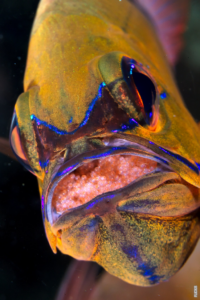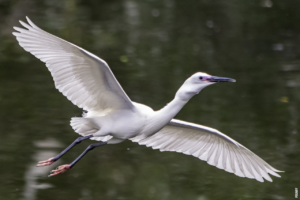The Tiny Marvel: The Fly
Flies are a fascinating and diverse group of insects that have captured the curiosity of scientists and nature enthusiasts alike. These small creatures, often overlooked, play a vital role in ecosystems and possess unique characteristics that make them truly remarkable.
The Anatomy and Physiology
Flies belong to the order Diptera, which means ‘two wings’. They possess a pair of functional wings, unlike many other insects that have four. Their wings can beat at an incredible rate, allowing them to hover, dart, and change direction with exceptional agility.
One distinctive feature of flies is their compound eyes, which are composed of thousands of tiny lenses. These compound eyes give them an almost panoramic field of vision, enabling them to detect movement with remarkable precision.
Life Cycle and Adaptations
A fly’s life begins as an egg, which hatches into a larva commonly known as a maggot. Maggots are well-adapted for their scavenging lifestyle, possessing strong mouthparts that allow them to consume a wide range of organic matter.
As they grow, maggots undergo several molts before transforming into pupae. During this pupal stage, flies undergo a remarkable metamorphosis, completely reorganizing their body structure and emerging as adult flies.
The Unsung Heroes
Flies, often associated with filth and annoyance, are actually crucial to the balance of ecosystems. They serve as pollinators for many plant species and act as decomposers, breaking down decaying matter and recycling nutrients back into the environment.
Furthermore, flies are an essential food source for numerous animals, including birds, bats, and amphibians. Without flies, these animals would struggle to find sufficient nourishment, ultimately affecting the entire food chain.
The Masters of Adaptation
Flies have a remarkable ability to adapt to various habitats and climates. They can be found in almost every corner of the world, from the freezing Arctic to the scorching deserts.
Some species of flies have evolved specialized mouthparts, allowing them to feed on specific food sources such as blood, nectar, or even other insects. This adaptability has enabled flies to exploit diverse ecological niches and thrive in a wide range of environments.
Post
Post
Conclusion
Although often overlooked, flies are an integral part of the natural world. Their unique characteristics, adaptability, and vital ecological roles make them a subject of fascination for scientists and nature enthusiasts. So, the next time you see a fly buzzing around, take a moment to appreciate the tiny marvel that it is.



